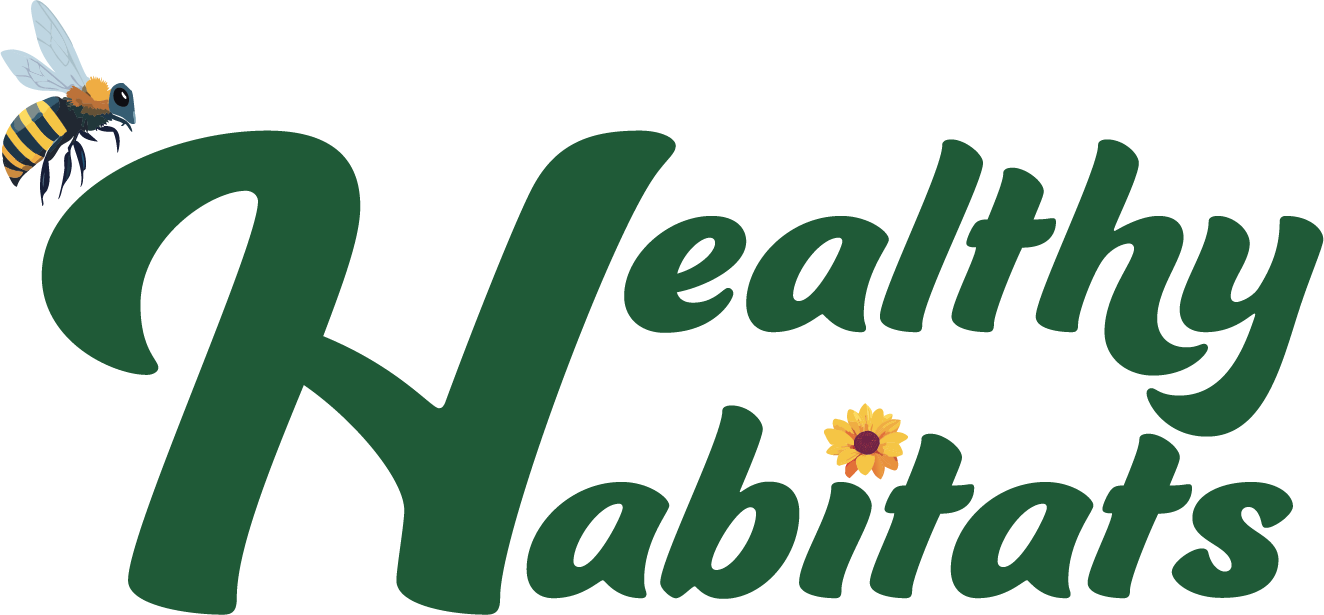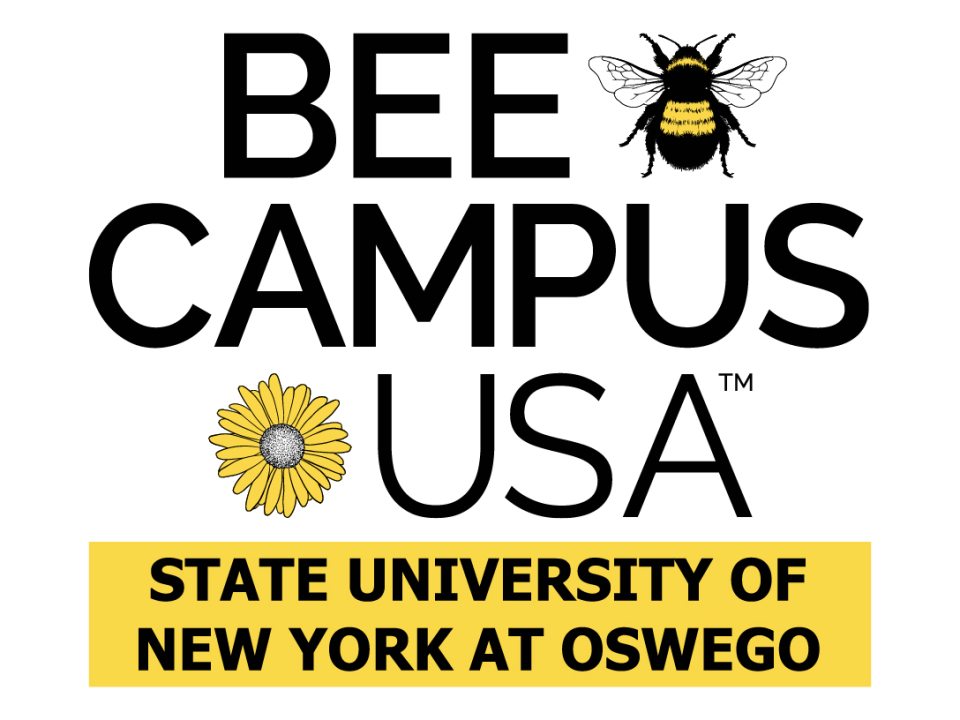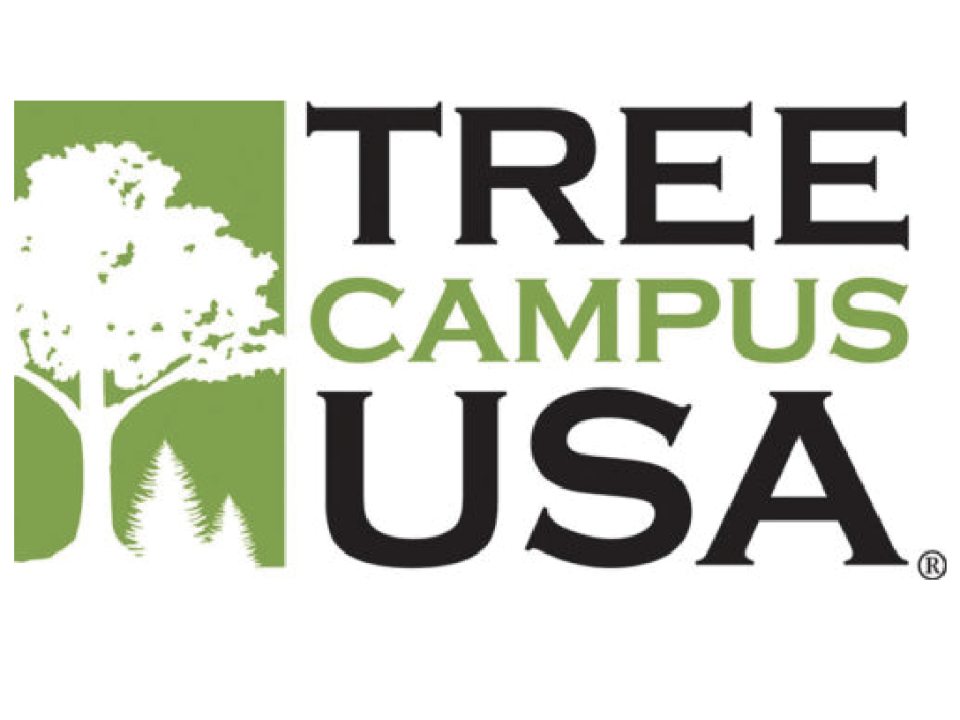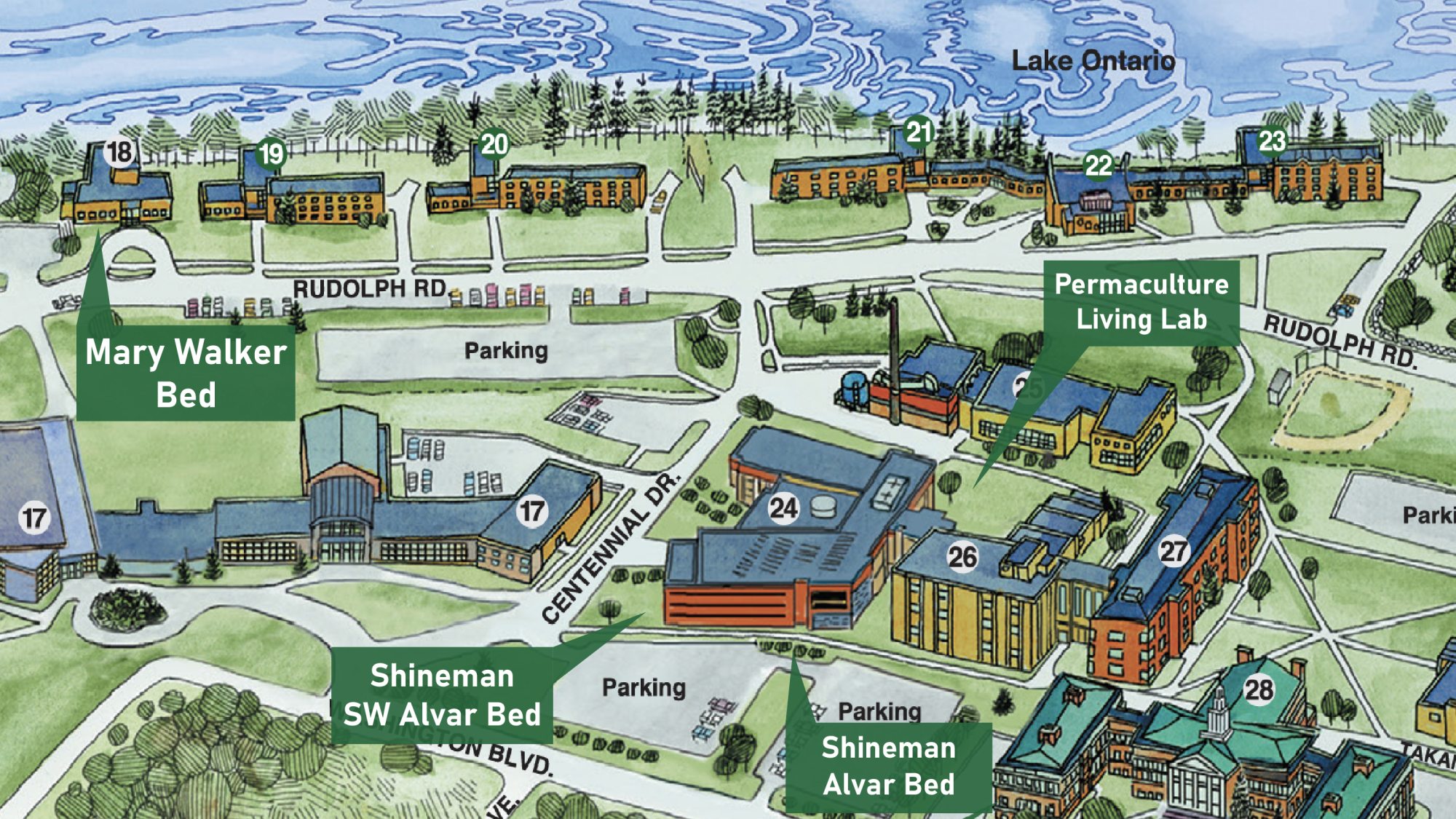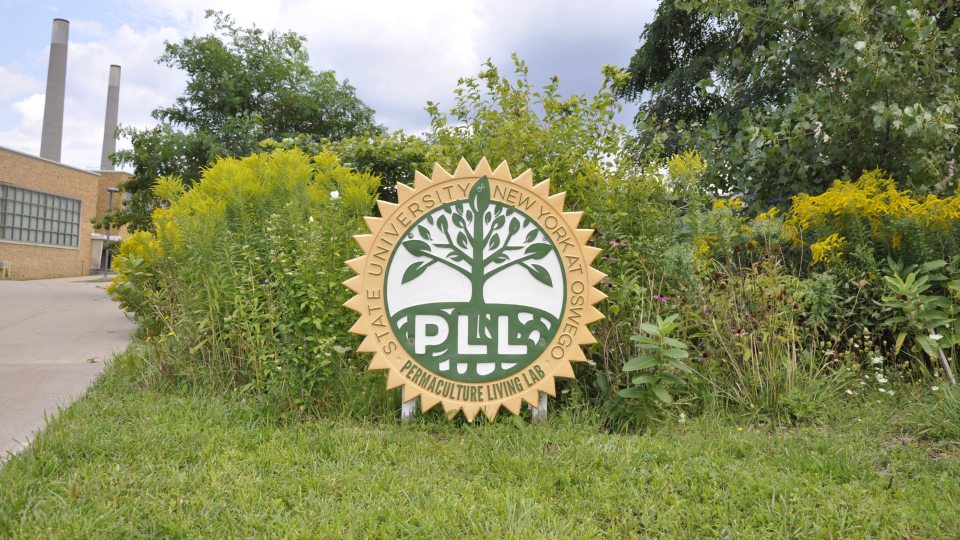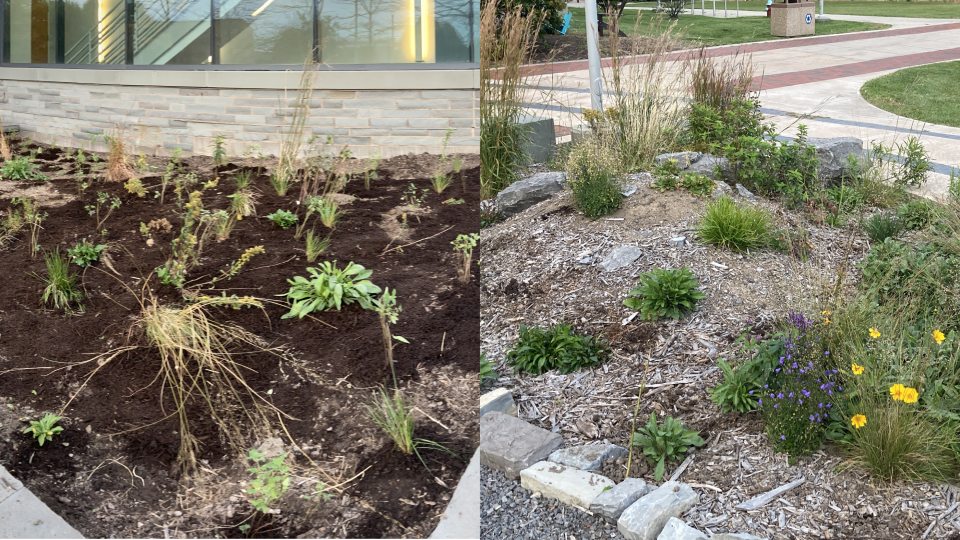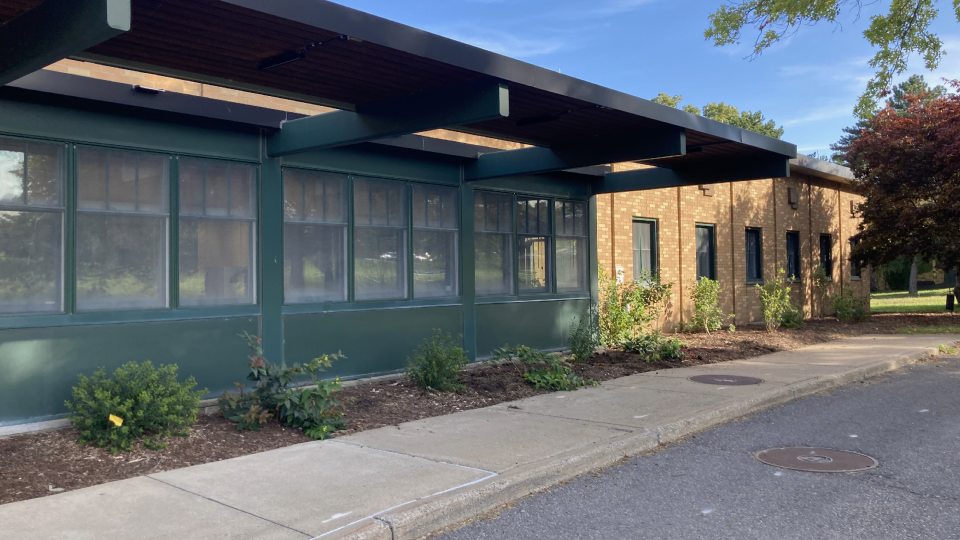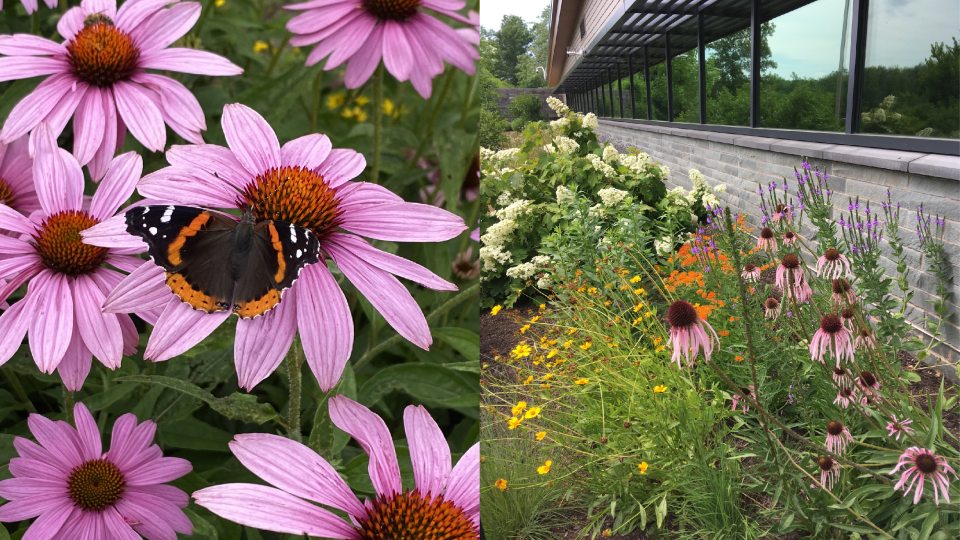The SUNY Oswego Healthy Habitats initiative encompasses both the Bee Campus and Tree Campus projects. Bee Campus USA is an initiative new to SUNY Oswego, with our campus initially being recognized in the Fall semester of 2024. SUNY Oswego has established multiple native-species filled pollinator and alvar beds across campus; per the requirements of Bee Campus and the Xerces Society, the school is eliminating its use of pesticides, creating an online presence for our work with pollinators, and offering service-learning opportunities for those who wish to get involved. SUNY Oswego is also fiercely committed to the work of Tree Campus USA, establishing multiple resources for tree processing, donation, and planting, in addition to service-learning, volunteer, and paid ways to get involved.
Discover more about SUNY Oswego's collaborative efforts towards Bee Campus USA and Tree Campus USA below.

